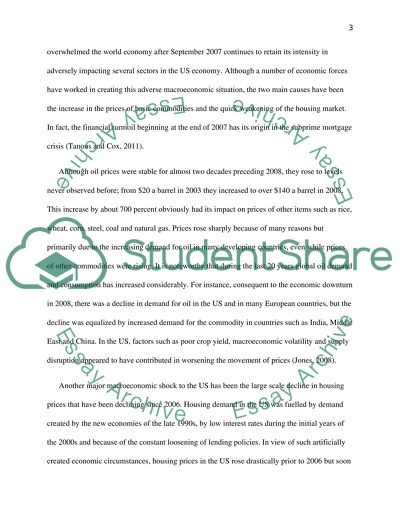Cite this document
(“The United States Economic Term Paper Example | Topics and Well Written Essays - 1750 words”, n.d.)
The United States Economic Term Paper Example | Topics and Well Written Essays - 1750 words. Retrieved from https://studentshare.org/macro-microeconomics/1435681-the-united-states-economic
The United States Economic Term Paper Example | Topics and Well Written Essays - 1750 words. Retrieved from https://studentshare.org/macro-microeconomics/1435681-the-united-states-economic
(The United States Economic Term Paper Example | Topics and Well Written Essays - 1750 Words)
The United States Economic Term Paper Example | Topics and Well Written Essays - 1750 Words. https://studentshare.org/macro-microeconomics/1435681-the-united-states-economic.
The United States Economic Term Paper Example | Topics and Well Written Essays - 1750 Words. https://studentshare.org/macro-microeconomics/1435681-the-united-states-economic.
“The United States Economic Term Paper Example | Topics and Well Written Essays - 1750 Words”, n.d. https://studentshare.org/macro-microeconomics/1435681-the-united-states-economic.


